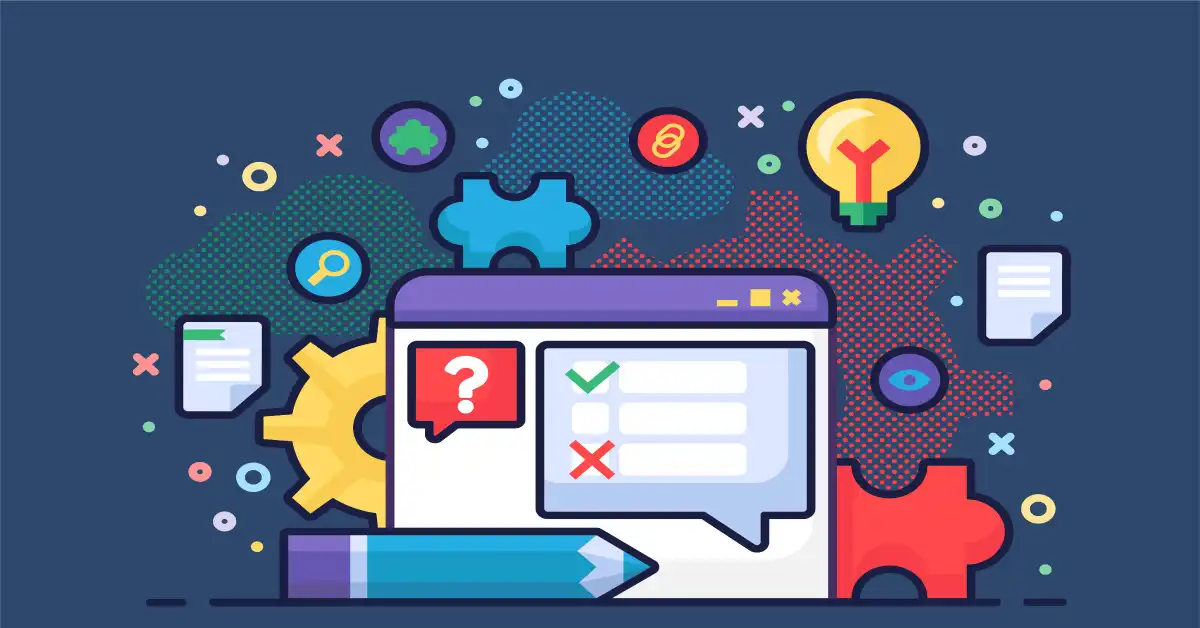
Top Web Design Mistakes to Avoid
March 13, 2023.
Copywriting: How to Create Engaging Content That Converts
April 2, 2023.How to improve website loading time?

Having expertise as a web designer I have seen many websites that have great content but load slowly. This is a serious issue that can have a negative impact on the user experience and increase return rates. Therefore, it is crucial to take measures to speed up page loading. In this blog article, I will discuss some of the best techniques to reduce website load times.
Optimize images
Images are one of the main factors in website load time, and optimizing them is an effective way to speed up your website. Here are some ways to optimize your images:
- Resize images to the correct dimensions,
- Compress images to reduce file size,
- Use next-generation image formats such as WebP, which are smaller and load faster,
- Lazy loading of images, so they only load when needed.
Reduce HTTP requests
A website will send multiple HTTP requests to the server each time it loads to get images, styles, and scripts, among other resources. The amount of HTTP requests made can be significantly reduced to speed up web page loading. Here are some techniques:
- Combine multiple CSS and JavaScript files into a single file.
- Use CSS sprites to combine multiple images into a single image file.
- Use the browser cache to store frequently used resources on the user's device.
Use a Content Delivery Network (CDN)
A Content Delivery Network (CDN) is a network of servers spread around the world that stores your website data. Content is served from the server closest to the user's location when they request your website, which speeds up loading. Here are some benefits of using a CDN:
- Reduced load on your server, which can improve website performance.
- Faster web page load times for users, especially those located far from your server.
- Improved website availability and reliability.
Minify CSS and JavaScript
CSS and JavaScript files are essential for creating dynamic and interactive websites, but they can also slow down your website if they are not optimized. Here are some ways to minify CSS and JavaScript files:
- Minify CSS and JavaScript files by removing unnecessary spaces, comments, and other characters.
- Use a content delivery network (CDN) to host your CSS and JavaScript files.
- Load CSS and JavaScript files asynchronously or defer their loading.
Optimize web server configuration
A web server is software that runs on a server and serves your website to users. Optimizing your web server configuration can improve web page load times. Here are some ways to optimize your web server configuration:
- Enable gzip compression to reduce the size of HTML, CSS, and JavaScript files.
- Use a fast and reliable web server such as Apache or Nginx.
- Set caching headers to reduce the number of HTTP requests.
- Use a PHP accelerator such as APC or OpCache to improve PHP performance.
Choose a reliable web host
The company that supplies the server that hosts your website is known as a web host. Improving your website loading speed requires choosing a reliable web host. Here are some things to consider when choosing a web host:
- Uptime Guarantee: A reliable web host should have a high uptime guarantee, ideally 99.9% or more.
- Server Location: Choose a web host with servers located close to your target audience to minimize latency.
- Server performance: Choose a web host with fast and reliable servers.
- Customer support: Choose a web host with good customer support in case you run into problems.
Monitor website performance
Monitoring website performance is key to identifying issues that can slow down your website. Here are some tools you can use to monitor website performance:
- Google PageSpeed Insights: This tool analyzes your website and makes suggestions to improve the website load time.
- Pingdom: This tool monitors your website and alerts you if it crashes or if there are performance issues.
- GTmetrix: This tool provides detailed reports on website performance, including load time, page size, and number of HTTP requests.
- By using these tools to monitor your website's performance, you can identify issues and take steps to improve your website's load times.
Conclusion
In order to provide a positive user experience and lower bounce rates, website response time needs to be improved. Your website can be optimized to load faster using the best practices described in this blog article. Remember to reduce HTTP requests, use the content delivery network, minimize CSS and JavaScript, improve web server configuration, choose a reliable web host, and keep an eye on website speed. By following these steps, you can speed up your website's load time and give your users a better user experience.






